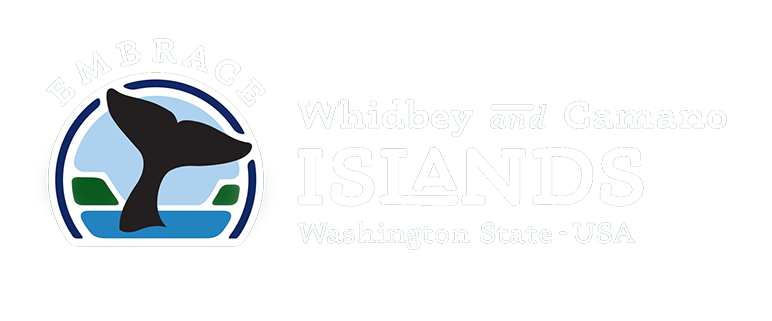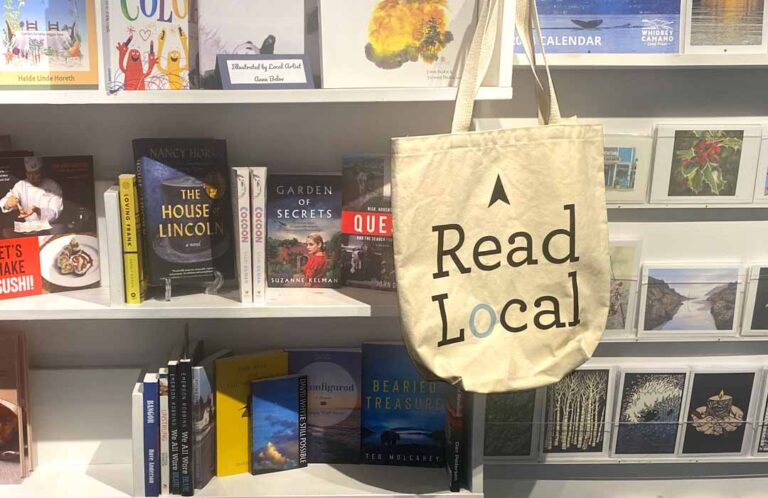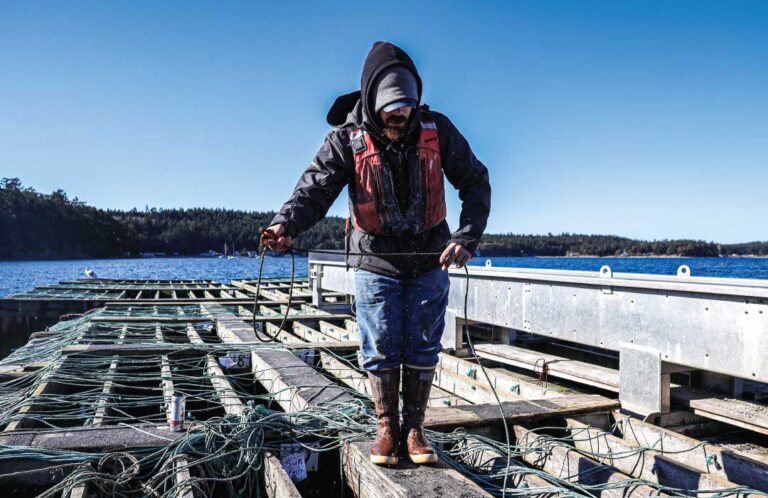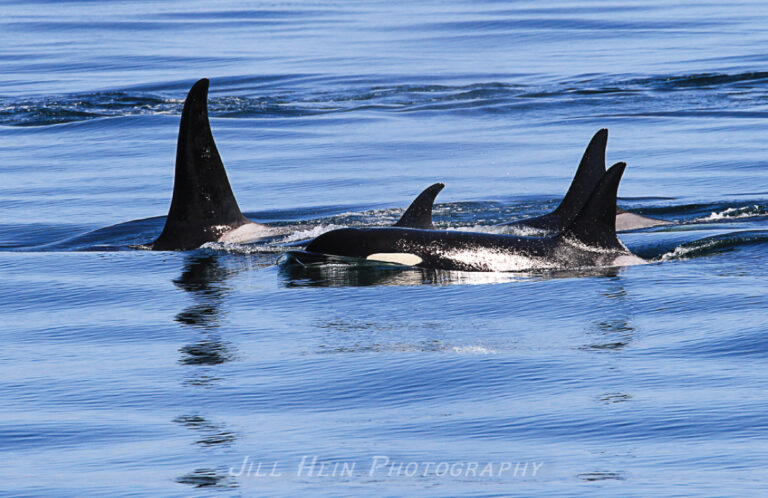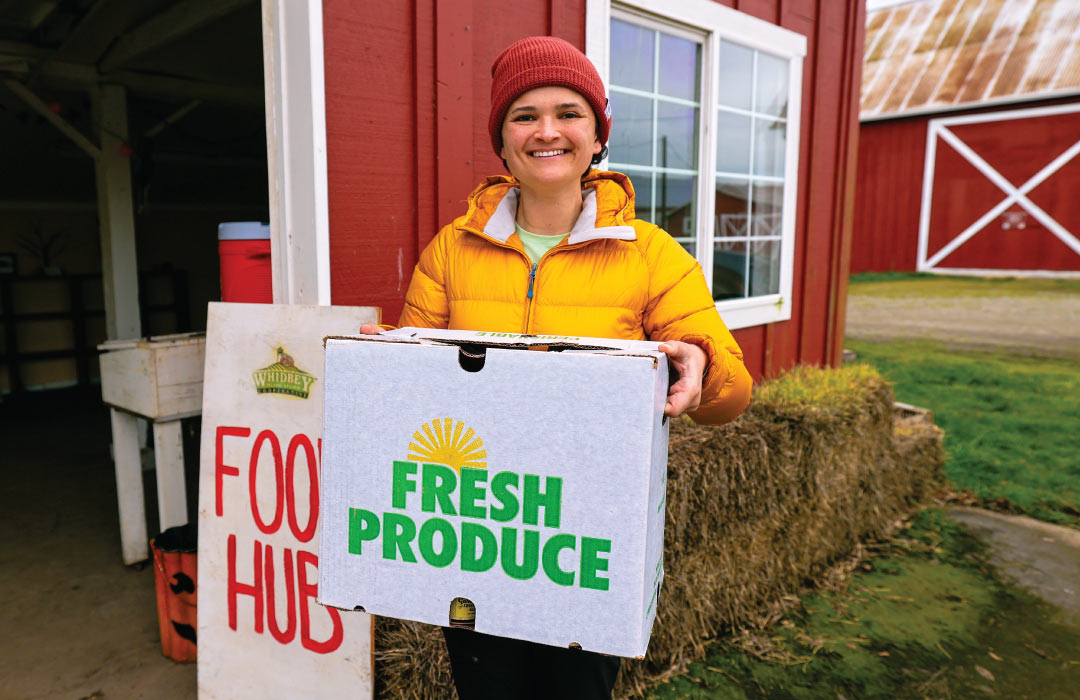
Whidbey and Camano Islands promote regenerative travel, but what does that mean in practice? We, Gwyn and Ami, a Spokane-based couple passionate about sustainable travel, visited Whidbey Island to explore this concept. With backgrounds in agricultural sustainability and ecological restoration, we spent three days on the island during the shoulder season (late winter), focusing on two key aspects of regenerative tourism: supporting local food systems and exploring responsibly.
Supporting Local Food Systems
From farmers and fishers to bakers and makers, Whidbey Island has a thriving local food system! During our three wonderful days exploring the island, one of our goals was to eat locally produced foods during our trip. Supporting regional food systems is a great way to experience a ‘taste of place’ while supporting small scale, independent producers within the food system.
Since our rental, Keystone Cottage, had a full kitchen, we pre-ordered local goods from Whidbey Island Grown Cooperative before arriving. The Cooperative is a food hub that sources products from small businesses, ensuring a sustainable, community-driven food system. Orders can be placed online and picked up from various island locations. Unlike traditional Community Supported Agriculture (CSA) programs, this system offers flexibility—visitors can order as needed without a subscription.
Our meals featured local delights: coffee from Foxglove Farm, eggs and microgreens from Whidbey Island Mushroom, and fresh bread from Little Red Hen. We also enjoyed a salad and pasta dish with ingredients from Chef in the Black Bandana and indulged in a marionberry pie from Whidbey Pies.
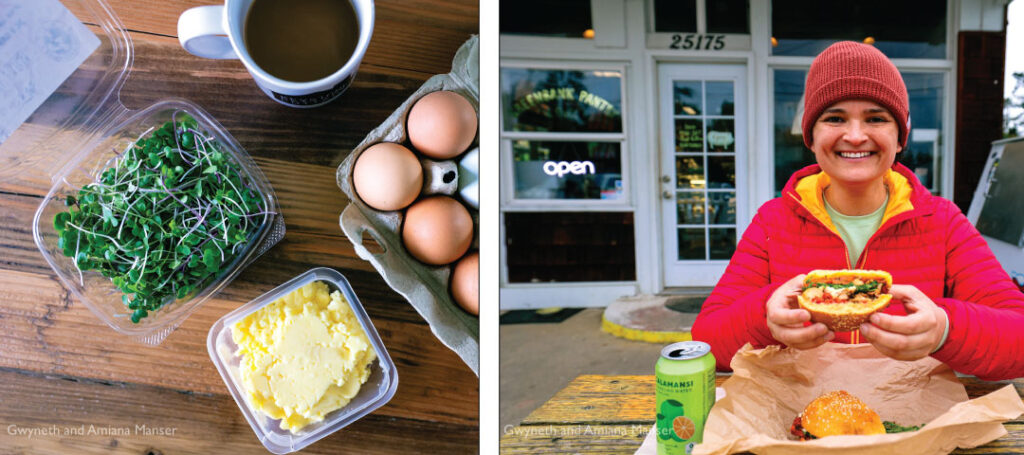
When dining out, we prioritized restaurants that use local ingredients. Greenbank Pantry and Deli serves excellent sandwiches, while Goldie’s and The Roost offer artisanal pizzas and vegetable-forward dishes. The Flower House Café is a standout for coffee, pastries, and locally sourced meals.
Exploring the island’s trails, and leaving no trace
Whidbey Island is home to an abundance of public lands and numerous recreational areas for hiking, biking, and wildlife viewing. To reduce impact on popular sites like Deception Pass, we sought out lesser-known trails using the Whidbey and Camano Islands 24 Trails field guide. The Whidbey Camano Land Trust is another great resource for finding quiet, scenic hikes.
Some of our favorite off-the-beaten-path trails included:
- Dorothy Cleveland Trail – A peaceful forest hike with ocean views and abundant birdlife.
- Price Sculpture Forest – A unique walk featuring nature-inspired sculptures suspended among the trees.
- Strawberry Point Preserve Trail – A beautiful route through a forest and meadow, where we spotted early spring wildflowers.
- Wilbert Trail – A winding path through an ancient forest, featuring a 500-year-old cedar and educational ecology signs.
- Trustlands Trail – A serene, relatively flat trail system with an ADA-accessible Serenity Trail.
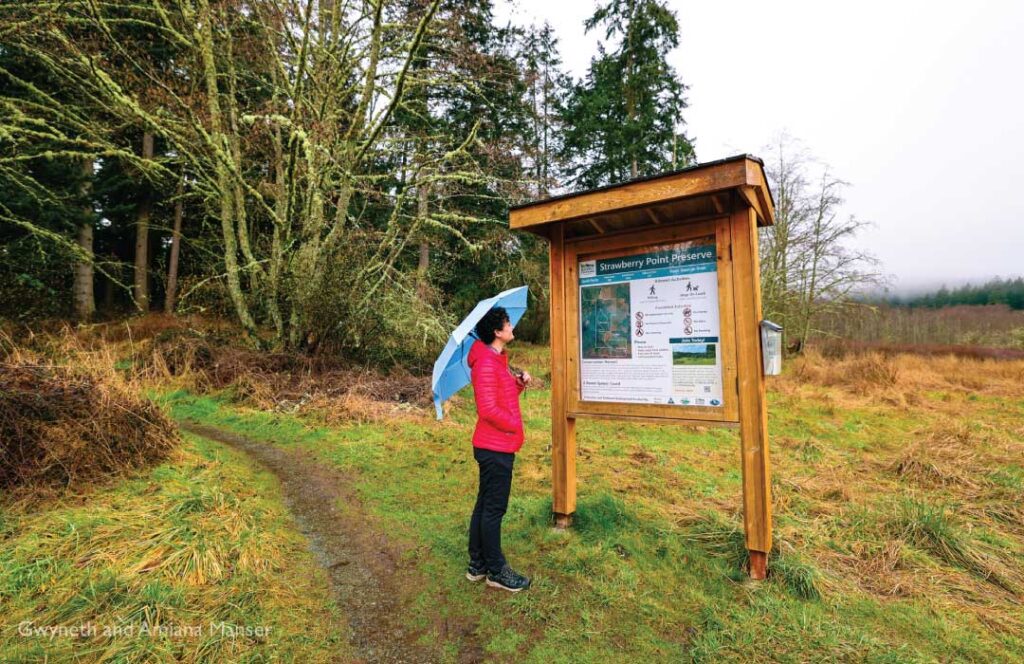
Wherever we hiked, we followed Leave No Trace principles to preserve the island’s natural beauty.
Whether enjoying locally sourced meals or exploring scenic trails, practicing regenerative tourism on Whidbey Island is easy! For more travel inspiration, check out gwynandami.com for the 11 best hikes on Whidbey Island!
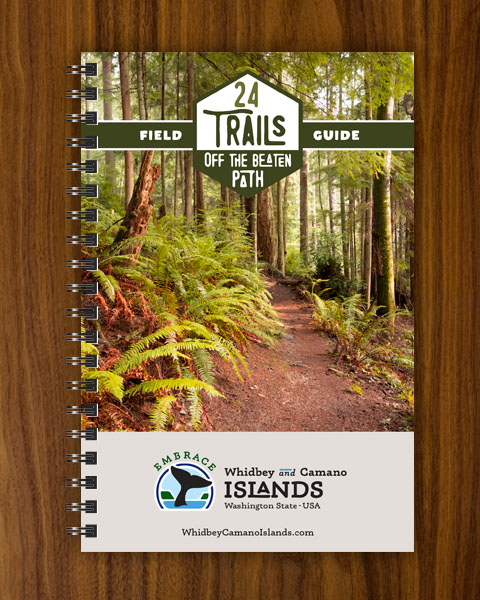
24 Trails Off the Beaten Path Field Guides are available free at all Whidbey and Camano Island Visitors Centers, Kiosk, and select local businesses and Lodging. Or see the guide online HERE
